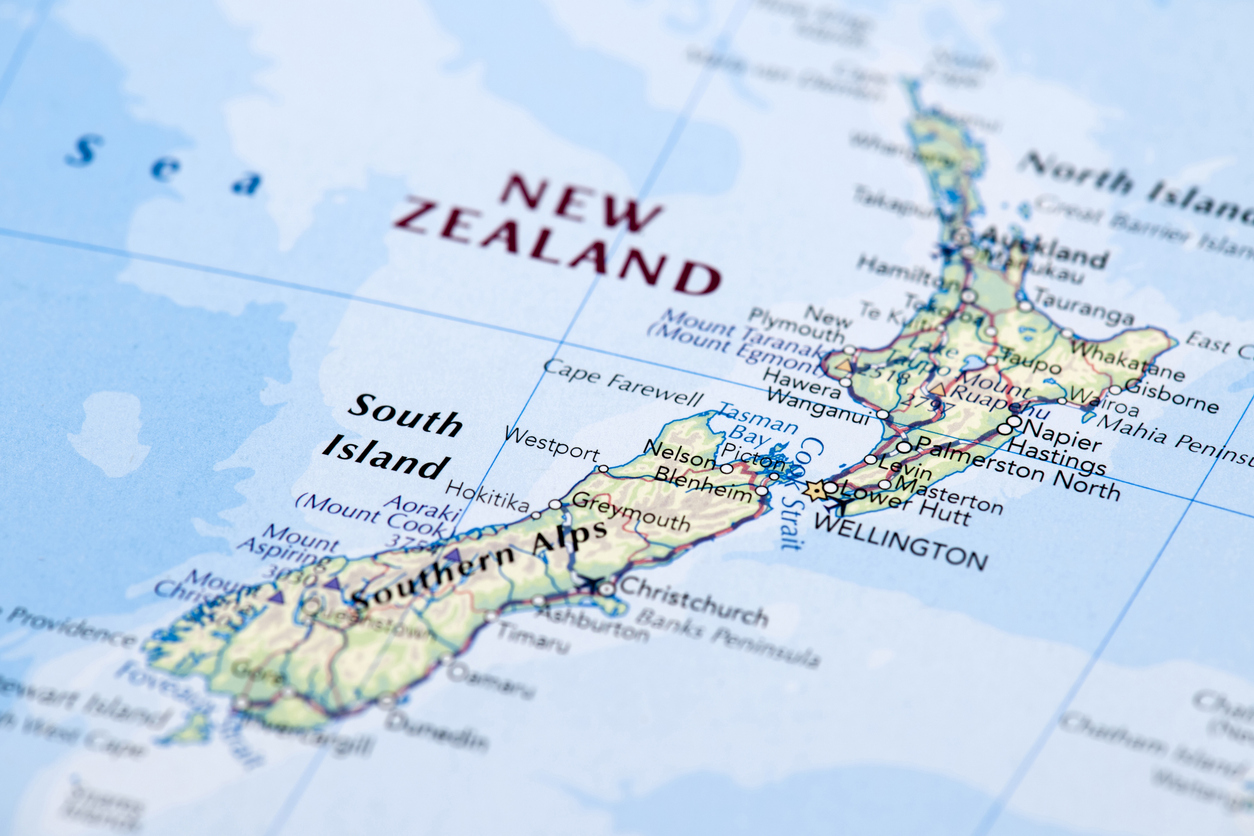The current outbreak of coronavirus disease (COVID-19) was first reported from Wuhan, China, on 31 December 2019. According to the World Health Organization (“WHO”), by 26 February, China had reported over 78,000 cases of COVID-19 resulting in over 2,700 deaths. Outside China, the figures were markedly lower, with around 2,900 cases reported in 37 countries resulting in 44 deaths.
The WHO Director-General commented at a media briefing on COVID-19 on 24 February 2020, “Does this virus have pandemic potential? Absolutely, it has. Are we there yet? From our assessment, not yet.” He went on to say, “What we see are epidemics in different parts of the world, affecting countries in different ways and requiring a tailored response. The sudden increase in new cases is certainly very concerning. Using the word pandemic now does not fit the facts, but it may certainly cause fear.”
Clearly the human factor takes centre stage, and rightly so – but what does this mean for businesses? And in the realm of insurance, what might we foresee as the financial consequences?
Impact Across Many Sectors:
Newspaper reports focus on the travel aspect, quoting statistics such as only 9% of insurance policies will refund money paid out by holiday makers in the event they cancel their holidays on the basis that the fear of contracting COVID-19 as a not specific enough reason for trip cancellation.
Factory closures are not only directly impacting manufacturers, but also are having a knock-on effect on the entire supply chain. Examples include shipping companies who are leaving port less frequently and with reduced loads as well as customers awaiting delivery of product.
Events are being cancelled across the globe – although arguably predominantly in Asia for now – impacting sporting events, concerts, trade shows and many other events where large congregations of people are likely.
Contingency / Event Cancellation
Event cancellation has perhaps hit the headlines the most, with the Formula One Grand Prix in Shanghai being cancelled together with a number of other sporting events, including European golf / LPGA tour events, rugby sevens, skiing, athletics and many others.
In addition, some of the world’s biggest trade events are being cancelled or postponed due to the coronavirus outbreak. For example, the Mobile World Congress in Barcelona, which was due to take place at the end of February and usually attracts more than 100,000 visitors; Shanghai’s Fashion Week and Swatch’s “Time to Move” summit in March; the Beijing Auto Show scheduled for late April … this list goes on.
The degree to which coverage for financial losses exists may depend on the extent to which communicable diseases or epidemic cover are included within their Policy wording. Generally, it seems that extensions are available that cover public health risk. They are expensive and subject to strict conditions (such as whether the event was due to take place in a country subject to travel bans or specific limits on public gatherings) – and are generally purchased by companies in the travel / hospitality industry.
Many of the large events may be protected by such insurance cover – possibly having learned the lessons from the SARS outbreak 18 years ago – but many smaller events may not. Financial losses arising as a result of customers / supporters / delegates not travelling due to fear of contracting COVID-19 are already affecting many events and will likely impact many more going forward. Reducing numbers in terms of event attendees / delegates is another consequence and will potentially continue to deteriorate unless the spread of COVID-19 is contained very soon. Prior to an event being cancelled, the extent to which a reduction in attendance can be considered as a covered occurrence is likely to make for an interesting debate.
Business Interruption Angle:
While trade / sporting event cancellations and reluctance to travel are affecting the travel and hospitality sectors, many other industries and sectors are also being impacted. To the extent that COVID-19 becomes something more akin to a pandemic, the impact on other businesses could be significant.
When SARS broke out in 2002/3, in some instances Business Interruption losses were paid as a direct result of the outbreak; however, the extent to which current policies have some form of Communicable Disease Exclusion or include coverage for the consequences of the COVID-19 virus, is unknown.
Already, factory closures in countries such as China are leading to supply chain disruption. Insurance Business quoted Jonathan Moss of DWF as noting that only half of port officials and tug operators are working at two of the busiest container shipping gateways in the world – the ports of Shanghai and Hong Kong. Thus, factories that continue to produce while still relying on shipping for delivery of their products are unable to deliver them as planned. This will not only impact their own sales, but also the recipients of the products. For a world where Just-In-Time deliveries are the norm, this poses obvious problems.
Supply chain disruptions and the likely financial losses flowing from those will be critical. Losses will be incurred, and are likely to be significant – and the extent to which these losses may be covered and under what type of policy, will again be an interesting issue that will develop over the next few weeks or months.
It will also be interesting to see whether any recovery is sought via Loss of Attraction cover. The debate may be around the question of “attraction” or what constitutes an “attraction”.
The Hidden Impact
Perhaps a less obvious consideration relates to how the effects of COVID-19 need to be considered within a claim for which cover exists, either due to property damage or some other covered cause.
For example, take a hotel that has sustained a fire or a manufacturer that has been impacted by a major machinery breakdown. Traditionally, historic / budgeted occupancy rates or production / sales information would have provided a good starting point for projecting what would have been achieved. However, what if at the same time these covered losses occurred, there were also widespread travel bans or factory closures due to COVID-19? These restrictions would have impacted tourist arrivals / hotel occupancy or factory closures / shipping bans. Therefore, it’s likely that historic figures or pre-loss budgets and plans would need to be adjusted for the impact of COVID-19.
The effects of factories closing is already leading to shortages in raw materials. Reports that Jaguar Land Rover, the largest car manufacturer in Britain, had flown Chinese parts to the UK in suitcases in a scramble to keep production running tells a story in itself. The impact on higher raw material prices is perhaps an inevitable consequence of supply shortage. There is no certainty as to when the supply chain will resume from China – and that makes it impossible to plan.
Stock shortages may also impact the severity of otherwise potentially negligible losses and the ability to make up for past losses.
Many retailers are already having to deal with fewer customers, whether these are tourist-related areas or retail outlets, while at the same time in some areas, panic-buying consumer behaviour has already set in. Amid school closures and event cancellations, to the extent the spread increases as expected, it is reasonable to expect that more people will seek to avoid areas with high concentrations of people such as tourist attractions, shopping centres, sporting events, trade shows, etc.
These issues all need to be factored in when trying to ascertain what an Insured would have been able to achieve absent the damage, as well as the extent to which actual results during the interruption period were impacted by COVID-19. Consideration of the wider environmental impact of COVID-19 is vital.
Business Interruption policies contain what is known as the “trends clause”, which generally allows for the consideration of any events before or after the damage that would have affected the business had the damage not occurred. The goal of this wording is to ensure that the projection of what the business would have done represents as nearly as practicable the results which but for the damage would have been obtained.
The correct application of the Trends Clause and the overriding principle of the “Actual Loss Sustained” may take centre stage when dealing with many Business Interruption claims where COVID-19 has influenced performance.
The bottom line for many claims going forward is forget the budgets; forget last year, or at least look closely at any historical data or pre-loss plans and consider whether it can be considered reliable. Much like the Global Financial Crisis in 2008 rendered past performance and expectation of future performance irrelevant, the potential for COVID-19 to have the same effect is very real.
Concluding Remarks
As it stands, it seems that outside event cancellation matters with appropriate cover, we must wait and see how insurance policies will respond to the significant financial losses that the global business community are likely to incur as a direct result of COVID-19.
In many ways, the consideration of how to consider COVID-19 in projecting sales or any other business activity is similar to the issues surrounding Wide Area Damage. Is it equitable to project sales based on historic data when there is evidence that the ability to generate that level of performance would have been compromised by issues resulting from COIVID-19?
Going forward, awareness of the wider influences of supply chains and COVID-19 will be essential. This will mean that carriers will be better able to consider the extent to which their wording requires an adjustment to revenue or other projections that impact the measurement of Business Interruption losses, so as to incorporate the issues brought about by the virus.
Claims that have nothing to do with COVID-19 in terms of causation are highly likely to require careful consideration as to what losses are purely damage-related versus a result of other factors. Claims will also require a more detailed analysis of the wider environment and less reliance on traditional forms of documentation to project performance. And when the Covid-19 virus is finally cleared up or brought under control, which we must hope will be the case at some point soon, we will then have a similar dilemma in terms of projecting performance when past performance may not adequately reflect future potential.
About the Author
Paul Isaac is a Partner in MDD Forensic Accountants’ London, UK office. He is also the Global Director of Catastrophe Services for the firm. To learn more about Paul’s expertise, please click here to view his bio.
The statements or comments contained within this article are based on the author’s own knowledge and experience and do not necessarily represent those of the firm, other partners, our clients, or other business partners.







































































